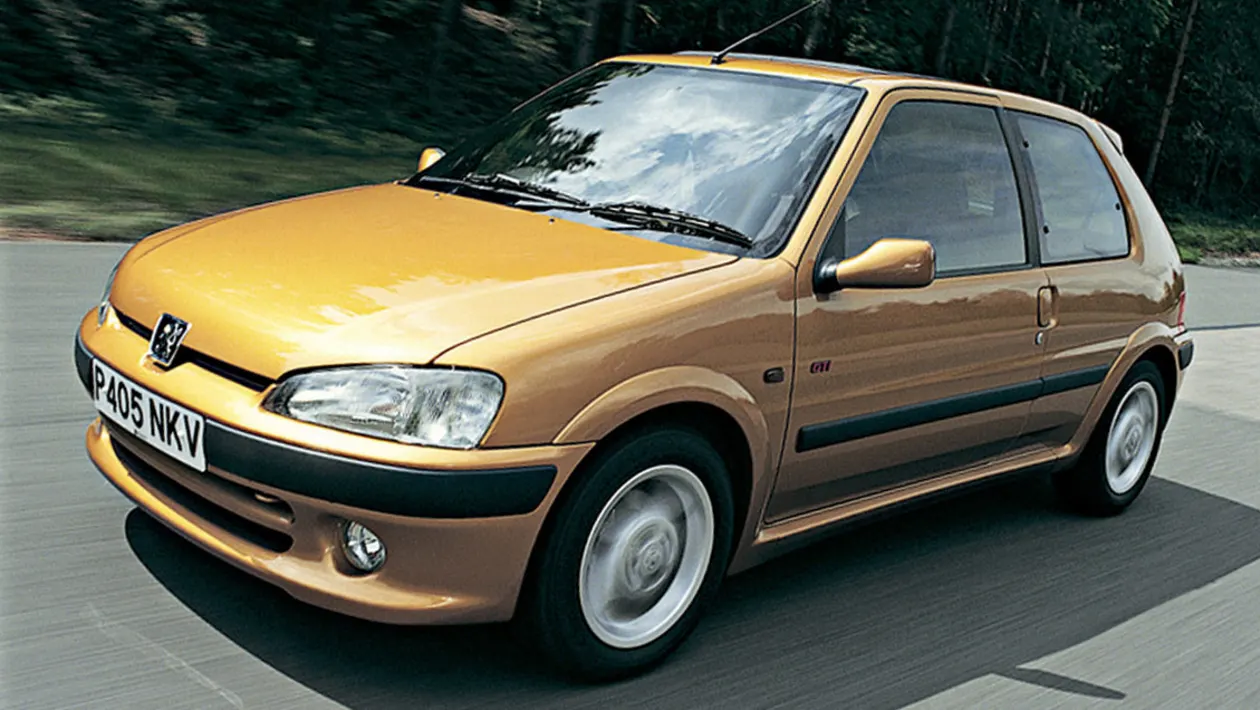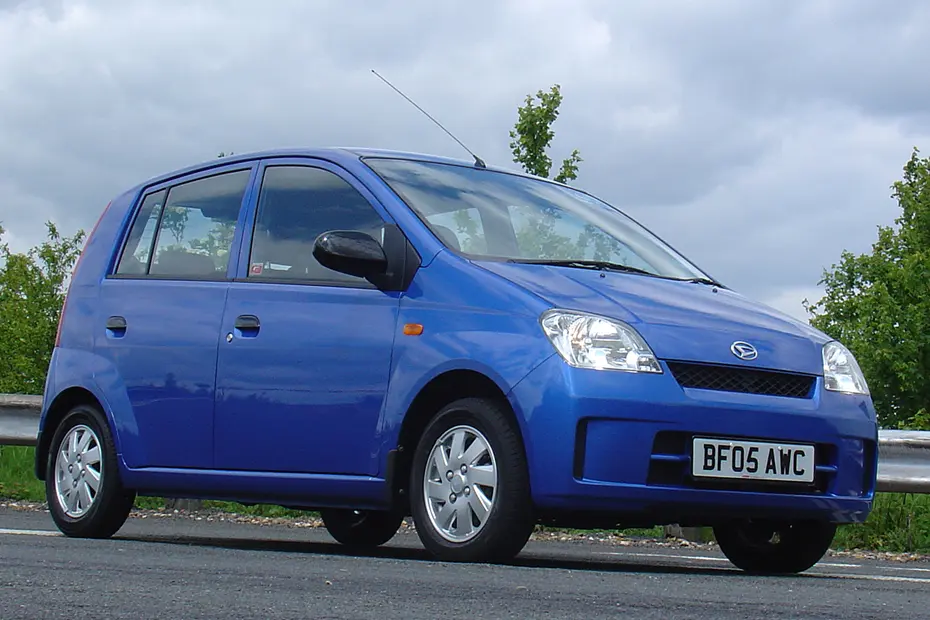Alex Unleashed on Cars- Aston Martin DB7 (Did it Deserve it's Success?)
When we talk about cars that saved their manufacturers such
as the Porsche Boxster or the Bentley Continental GT, we’re normally talking
about class-leading cars, cars that do the job better than anyone else. And yet
I’d argue that the Aston Martin DB7 is probably the only car that can claim to
have “saved a brand” but isn’t best in class.
Why? Well: the chassis is derived from the Jaguar XJ-S, the
build quality is still sus, the interior is full of Ford switchgear it wallows
through corners and the price was very high. So I ask, did it deserve to be the
success it was?
Now at the time of conception, Aston Martin had been on the
verge of collapse (again) so Ford bought a 75% stake in 1987 and
then fully in 1993, Ford later bought Jaguar and then Land Rover from BMW. The
DB7 was conceived as a cheaper entry level model that would bring back the
glory days of the 60s when Aston epitomized cool and sophistication, consider the fact it was the first Aston to have DB
(insert number here) in its name since the 60s. However, as previously
mentioned, a lot of the DB7’s components are hand-me-downs such as the chassis which
was derived from the aging Jaguar XJ-S and various other bits and pieces from Mazda
and Citroen, though this wasn’t new for Aston at the time, the Virage/Vantage had the same problem.
But despite all it’s shortcomings, people loved the DB7, it
looked amazing, and offered performance to rival BMW’s 850CSI and Mercedes
SL600, though some of it’s success likely also came from British pride rather
than actual goodness as dynamically or reliability wise, the DB7 was certainly
not on par with it’s rivals.
Later in 1999, Aston launched the DB7 Vantage, packing a 6
litre V12 with 420 BHP, the first production Aston Martin with a V12 (2 Ford
Mondeo V6’s welded together) in fact. The immediate success of the Vantage saw
Aston axe the 6-cylinder DB7 and only keep the Vantage coupe and Volante versions.
But by this point, the DB7 was starting to get rather tired, new metal like the
Ferrari 360 had shown up the DB7’s weak spots even more which had already been
overshadowed by Jaguar’s XK8, that offered comparable performance and far
better build quality.
But, just 1 year before being discontinued in 2003, Aston
launch the DB7 GT, a pumped up, finely tuned final edition. Sort of, there were
still lots of Ford switchgear and a lack of headroom (because the engines computer
was below the driver’s seat), but the GT proved itself a fun old-school GT
supercar hybrid capable of 185 MPH that could keep up with Ferrari’s 360
benchmark in a straight line. Corners? It was good but not class leading, well
it is a heavyweight after all.
By the end, the DB7 was desperate for retirement, the
competition was now far, far ahead, but it had done its job, it had kept Aston
alive (with the help of Ford funding) for a decade, and without the DB7, we
wouldn’t have the utterly wonderful DB9. There was also a Zagato special
edition made in 2003 as well, but it is frankly hideous and not much different
from a GT,.
So, to answer my question? Yes, the DB7 did deserve its
success, it may not have been perfect but had it been truly bad, it would most
certainly have been canned well before it’s eventual retirement in 2004. It was
flawed but still had charm and character, and that’s half of what makes a car
truly brilliant.
Year Produced: 1994 - 2004
Engine: 3.2 Litre Supercharged Straight 6 – 6 Litre V12
Top Speed: 155 – 186 MPH
Power: 335 – 435 BHP
Torque: 361 - 410 Ib/ft
0-60: 6.2 – 4.9 Seconds
Weight: 1900 - 1740 KG
Price: £78,500 - £160,000
Rivals: BMW 850CSI, Porsche 928 GTS, Mercedes CL500/600, Venturi
Atlantique 300, Ferrari 360 Modena




Comments
Post a Comment